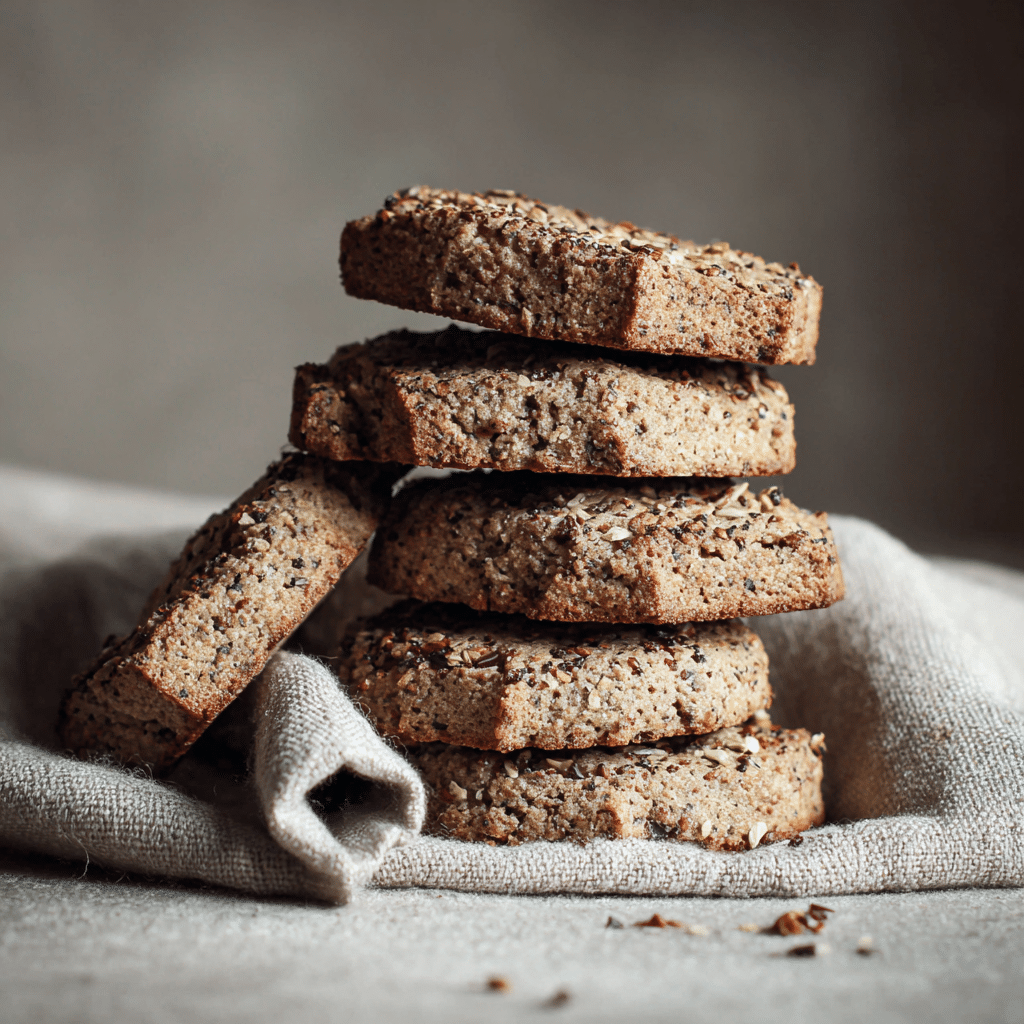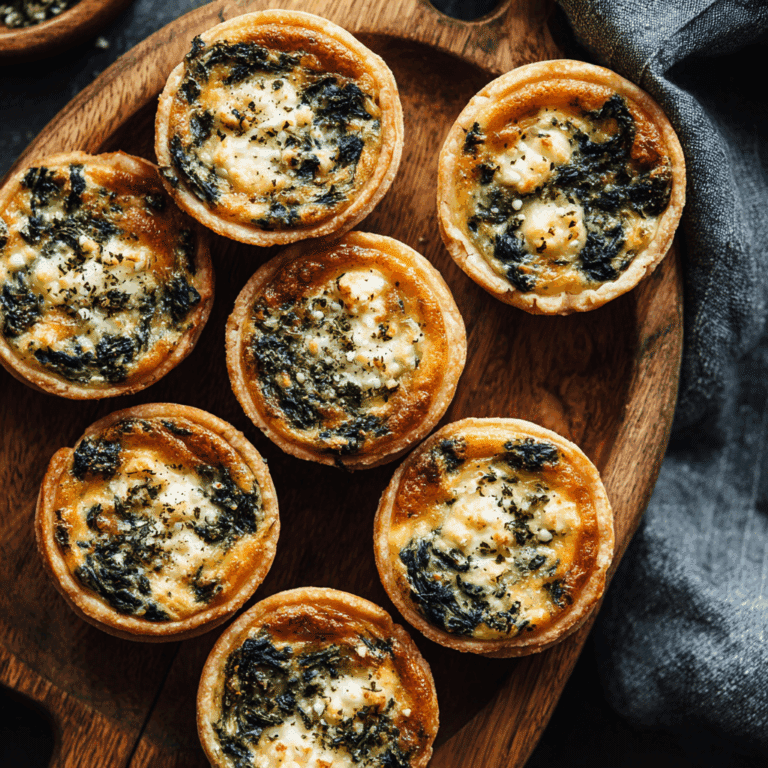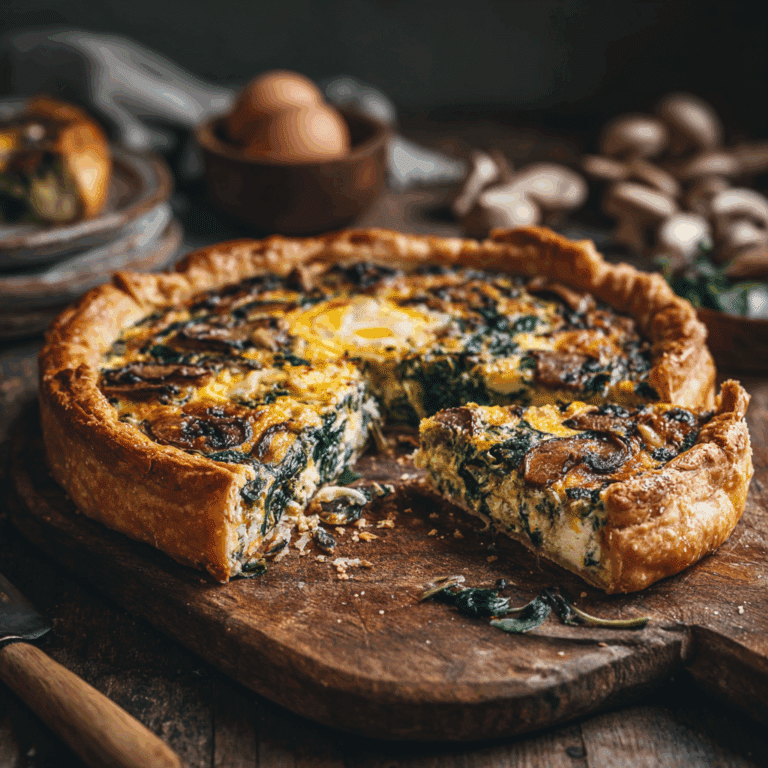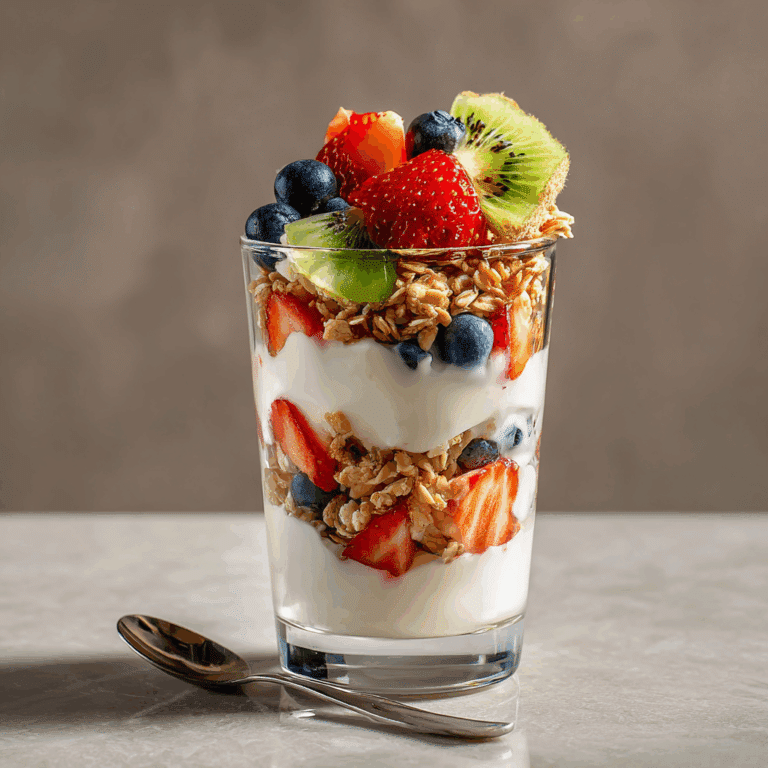Buckwheat Biscuits Recipe
If you are on the lookout for a delightful twist to your classic biscuit recipe, these Buckwheat Biscuits are an absolute must-try! Bursting with a nutty, earthy flavor thanks to buckwheat flour, they offer a fluffy texture that feels indulgent yet nourishing. Whether you’re craving a comforting breakfast treat or a unique side for your dinner, these biscuits combine wholesome ingredients with irresistible taste. Let’s dive into how you can create these irresistible golden beauties that will quickly become a beloved staple in your kitchen.

Ingredients You’ll Need
The simplicity of these Buckwheat Biscuits ingredients is what makes them so special. Each element plays a crucial role—whether it’s the hearty buckwheat flour lending depth, the cold butter crafting flakiness, or the honey adding just a touch of sweetness. Ready to gather your pantry staples? Here’s what you need:
- All-purpose flour: Provides structure and lightness, balancing the denser buckwheat flour perfectly.
- Buckwheat flour: The star of the show, offering a delicious nutty flavor and earthy richness.
- Baking powder: Helps the biscuits rise to fluffy perfection.
- Baking soda: Works alongside baking powder to give a tender crumb.
- Salt: Enhances all the flavors and rounds out the taste.
- Cold unsalted butter: Cut into pieces, it creates those coveted flaky layers when baked.
- Cold buttermilk: Adds moisture and a subtle tang that brightens the flavor.
- Honey: Just a little for a gentle sweetness that complements the buckwheat’s earthiness.
How to Make Buckwheat Biscuits
Step 1: Prepare Your Oven and Mix Dry Ingredients
Start by preheating your oven to 425 degrees Fahrenheit and lining a baking sheet with parchment paper or a Silpat mat. Then, toss the all-purpose flour, buckwheat flour, baking powder, baking soda, and salt into the bowl of a large food processor. Give them a few pulses to ensure everything is evenly combined. This initial blend sets the stage for the perfect biscuit texture.
Step 2: Incorporate the Butter
Next, add the cold, cubed butter to the dry mixture. Pulse until the mixture resembles coarse crumbs with no large butter chunks visible. This step is key because those butter bits melt during baking to create tender, flaky layers that make these biscuits truly irresistible.
Step 3: Add the Buttermilk and Honey
Pour in the cold buttermilk and drizzle the honey over the mixture. Pulse just enough for the dough to come together into a lump. Be cautious here—overprocessing can make the dough tough. You want it just moist enough to hold but still tender.
Step 4: Shape and Cut the Biscuits
Turn the dough onto a floured surface and use floured hands to pat it into a thick, roughly 9-inch disk. Using a 2 1/2-inch biscuit cutter, cut the dough into rounds, placing them as close together as possible for minimal waste. Gently gather any scraps, pat them out, and cut again. Pop these little beauties into the refrigerator for 15 minutes—this chill helps keep the butter firm and the biscuits lovely and flaky.
Step 5: Bake to Perfection
Place the biscuits at least 2 inches apart on your prepared sheet. Bake for 5 to 6 minutes at 425°F until they start to puff up, then reduce the oven temperature to 400°F and continue baking for another 8 to 10 minutes. Keep a close eye—they should be nicely puffed and golden but not overly browned. For best results, you can bake in two batches to ensure even heat distribution.
How to Serve Buckwheat Biscuits

Garnishes
These biscuits are a wonderful canvas for toppings. Consider slathering them with chilled herb butter, a drizzle of honey, or a smear of your favorite jam. Freshly chopped chives or a sprinkle of flaky sea salt on top before serving can also add a lovely touch.
Side Dishes
Buckwheat Biscuits pair beautifully with rich, savory dishes like hearty stews, creamy soups, or fried chicken. They’re also fantastic alongside scrambled eggs and sautéed greens for a satisfying breakfast or brunch spread.
Creative Ways to Present
Take your biscuits to the next level by splitting them and layering with sharp cheddar and crispy bacon for a mouthwatering sandwich. For a sweet treat, serve them with whipped cream and fresh berries. You can even use them as a base for mini biscuit pizzas topped with cheese and herbs—fun and delicious!
Make Ahead and Storage
Storing Leftovers
If you find yourself with extra biscuits (which is easy to do, they are that good), store them in an airtight container at room temperature. They’ll stay fresh and tasty for a couple of days, perfect for quick snacks or impromptu meals.
Freezing
Buckwheat Biscuits freeze beautifully. Wrap them individually in plastic wrap and place in a freezer-safe bag or container. They can be frozen for up to three months without losing their flavor or texture, so you can always have a batch ready to go.
Reheating
When you’re ready to enjoy your frozen or leftover biscuits, heat them gently for best results. A quick 15-second zap in the microwave revives their warmth and softness, but if you prefer a crispier exterior, a few minutes in a 350°F oven will do the trick.
FAQs
Can I substitute buckwheat flour with another gluten-free flour?
While buckwheat flour is unique in flavor and texture, you can try other gluten-free flours like oat or rice flour, but the nutty earthiness will be less pronounced. Adjust ratios carefully as texture may vary.
Why use cold butter when making biscuits?
Cold butter creates small pockets of fat inside the dough, which melt in the oven to produce flaky layers. Warm butter results in a denser biscuit, so keeping it cold is crucial.
Is it necessary to chill the biscuit dough before baking?
Yes! Chilling firms up the butter again and helps the biscuits hold their shape, resulting in a taller, flakier biscuit rather than a flat one.
Can I make these biscuits dairy-free?
Absolutely. Substitute the buttermilk with a mixture of plant-based milk plus a splash of lemon juice or vinegar to mimic the tang, and use a dairy-free butter alternative. The texture may differ slightly but will still be delicious.
How do I know when the biscuits are done baking?
They should be golden brown on top and nicely risen. A light tap will sound hollow, and the edges should be firm but tender. Avoid over-baking to keep them soft inside.
Final Thoughts
There is something truly special about making Buckwheat Biscuits from scratch—the aroma, the texture, and the flavor all come together to create moments worth sharing. Whether you’re serving them warm for breakfast or alongside your favorite savory dishes, these biscuits bring comfort and character to the table. So grab your ingredients, roll up your sleeves, and give this recipe a whirl—you’re in for a delicious journey!






